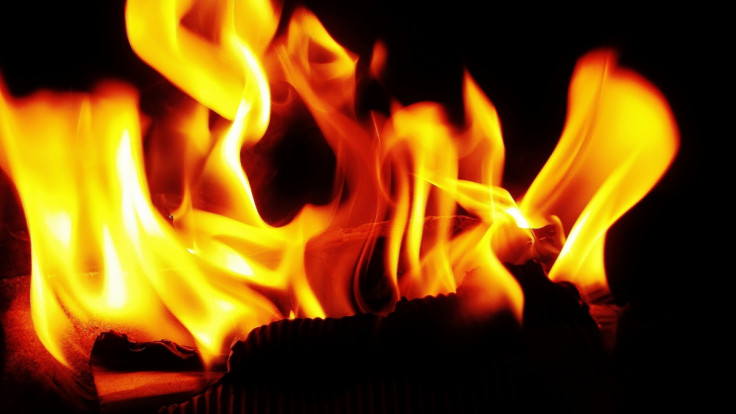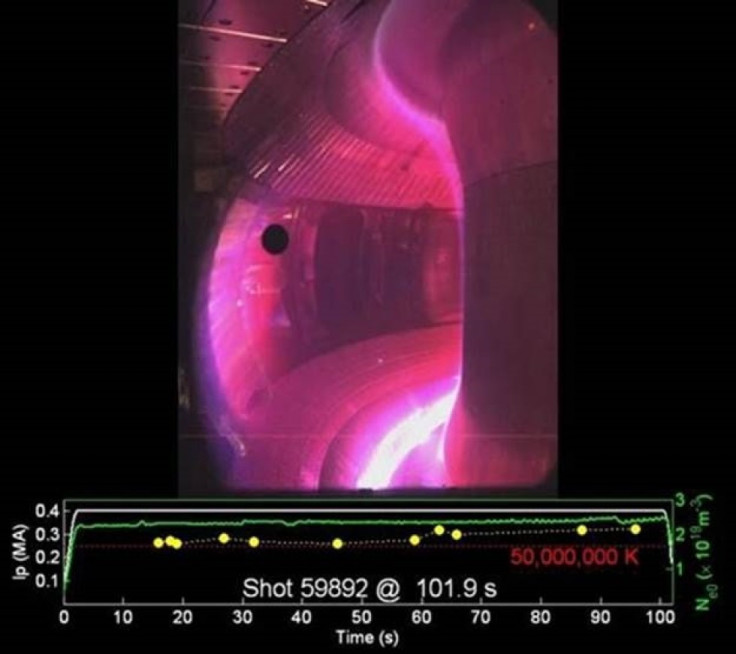Nuclear fusion breakthrough: Hydrogen plasma three times hotter than the sun created by Chinese scientists

Chinese scientists have taken a giant leap towards discovering a means of producing unlimited energy by generating temperatures more than three times hotter than the centre of the Sun. In their nuclear fusion experiment, they used hydrogen gas to produce temperatures of around 50m Kelvins (90m Fahrenheit) – a feat they sustained for 102 seconds.
The experiment from the Institute of Physical Sciences used a magnetic fusion reactor – known as the Experimental Advanced Superconducting Tokamak (EAST). The doughnut shape of the reactor is the reason that the scientists could reach such high temperatures. While this is not the highest temperature ever reached by nuclear fusion – the joining of two atoms to create a huge amount of energy – it is the longest that such a high temperature has been maintained. The scientists believe this puts China at the forefront of the global race to produce a clean, artificial solar-energy source.

The EAST chamber makes use of strong magnetic fields to shape and restrict the hydrogen gas – or plasma – to the shape of the doughnut. These magnets confine the atoms in such a way that they almost float in the air within the chamber – albeit unable to move in that position.
The scientists then worked day and night to adjust the finer details of the EAST to control the huge temperature it was going to endure. They had to tweak the alignment of the magnet as well as prevent the high-energy atoms from escaping the chamber.
Their necessarily pedantic nature meant that they generated a temperature of just under 50m degrees Celsius – more than 154,000 times more than the hottest day ever recorded in the sizzling US city of Phoenix, Arizona. They managed to keep this temperature going for 102 seconds – far longer than the CERN Large Hadron Collider's record-breaking temperatures generated in 2012, which only lasted for fractions of a second.
However, despite what appears to be successful results, the Chinese scientists still managed to miss the targets they set themselves of reaching 100m degrees Kelvin and maintaining it for 17 minutes. Based on their results, they say it would still take decades before they reach the targets they set themselves.

This follows reports from Germany in December 2015 that the world's largest nuclear-fusion reactor – known as Stellarator – reached one million degrees Celsius from nuclear fusion.
Hans-Stephen Bosch, leader of the German research team, said: "We're very satisfied. Everything went according to plan."
Their experiment was one step further back than the Chinese scientists, however, as their aim was not to create energy yet, but to see if Stellarator worked as it should. Now that they have their answer, they switched on the Stellarator again in February 2016 – this time for real.
© Copyright IBTimes 2025. All rights reserved.






















